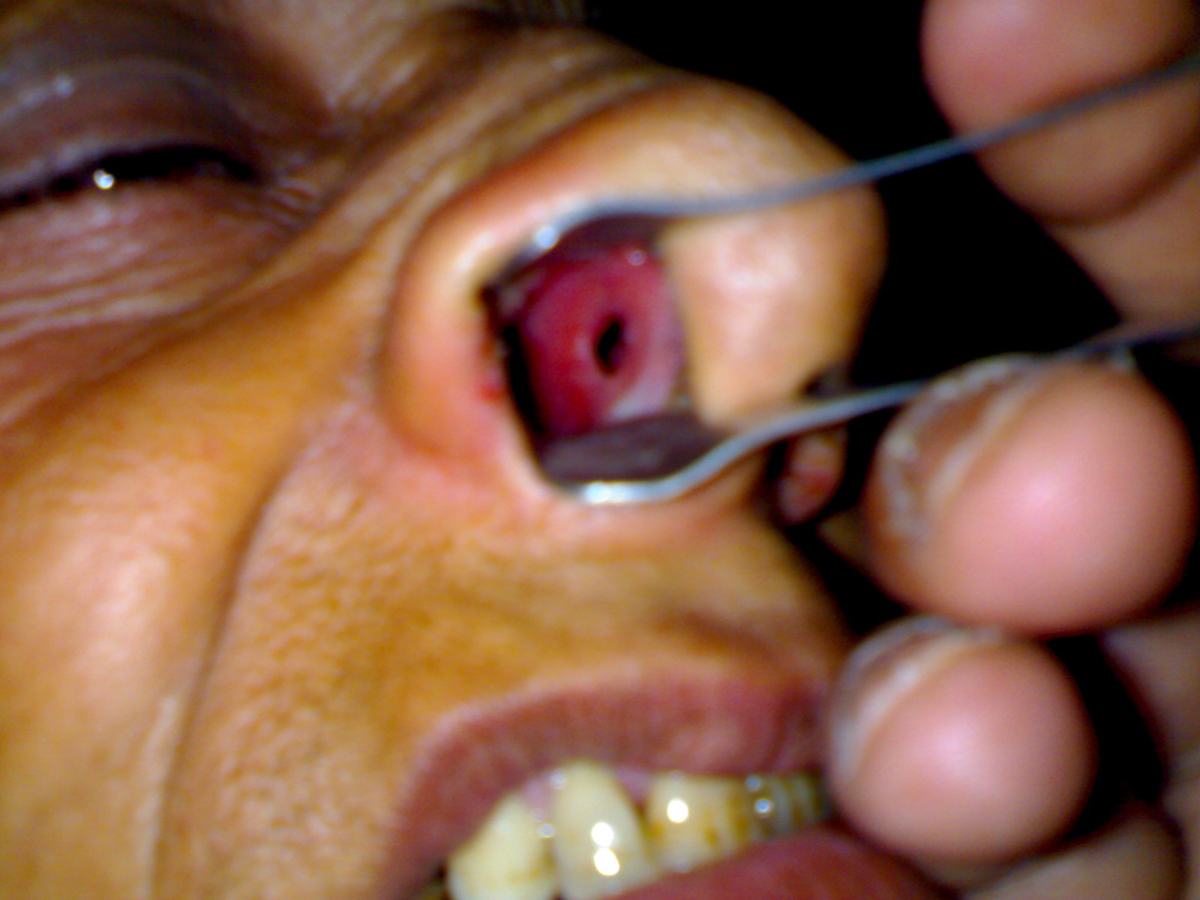
Deviation of Nasal Septum
Nasal septum is a partition that separates the nasal cavity into two symmetric parts. Nasal septum deformation can be acquired or congenital.Causes of Septum Deviation
Acquired septum deviation is mostly caused by hitting or falling on the nose, rarely after some illness in nasal cavity. Trauma usually happens in the first year of life when a child learns to walk, but it remains unrecognized because typical symptoms include only a few drops of blood from the nose.Also, septum may be hurt during childbirth, when head goes through the narrow birth canal.
Symptoms
Septal deviation is usual physiological feature of the human race. Animals and children have flat septum, while more or less normal septal curvature in adults is usual phenomenon. Cause of that is not explained yet.Septum is often curved in the shape of the letter "S". It is often deformed in the shape of ridge and thorn, characterized by irregularities and thickening.
Symptoms of septal deviation usually include respiratory problems such as difficult breathing through the nose.
Curved septum may disrupt the sinus confluences mobility that causes repeating sinusitis.
Irregular air flow in the nose irritates nasal mucosa and causes chronic catarrh with mucous or purulent hypersecretion.
Septal deviation can disrupt the function of pharynx mouth of the Eustachian tube, which will manifest in tubal catarrh, hearing loss and adhesion processes in the middle ear.
Patients who breathe through the mouth for years often suffer from sore throat, chronic bronchitis and have difficulties with overcoming respiratory infections.
However, it should be noted that very pronounced deviation of septum sometimes does not cause any interference if it occurred in childhood. During growth, the turbinate will hypertrophy in the wider nasal cavity, filling the void, while on the opposite side turbinate will atrophy, because of the adaptable capacity of the nasal structures.
Treatment
The diagnosis is established by rhinoscopy, while a level of nasal obstruction is objectively determined by rhinomanometry. Treatment is surgical. Indication for surgical treatment includes unilateral or bilateral nasal obstruction with the consequences, such as sinusitis, headache, tubal catarrh, chronic laryngitis and interference in the lower respiratory tract. Also, if a patient must compensate difficult breathing through the nose with the mouth breathing, it can be an indication for surgery, especially, if the patient is exposed to bodily efforts in the profession or sport.The operation has no age restrictions. When the surgery is carried out on a child, all the nasal structures must be preserved.
Tamponade of the nose is necessary after surgery, and postoperative edema of nasal mucosa reduces using nose drops.
Finally, it should be emphasized that elimination of nasal obstruction always precedes to tonsillectomy or middle ear surgery.


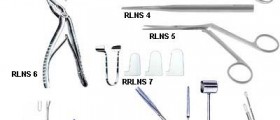
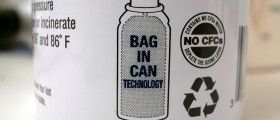




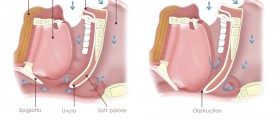

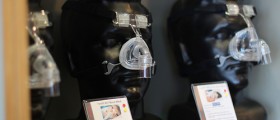



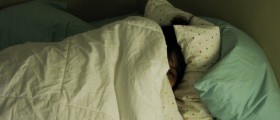

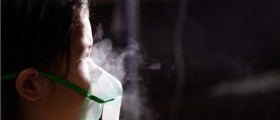
Your thoughts on this
Loading...